Some people could place the Mona Lisa in their Your Basement Dry, on the floor, and never have to worry about it getting wet, damp, or rotted out with mold and mildew.
Then there’s everyone else – the people who need to take every precaution to keep their basements dry and personal belongings free from damage. Sometimes it’s an uphill climb, but better to fight than let water go where it pleases.
Looking up to beef up your defenses against water intrusion? Here are a few helpful tips:
Sump Pumps –
Sump pumps can be installed pre- and post-home-construction and are available in two basic setups: pedestal and submersible. A pedestal pump attaches to a pole and sits 4-8 inches above the collection pit. A small float rises with the level of water and activates the pump once the water level reaches a certain height. A submersible pump is placed below floor level and switches on when water in the collection pit reaches a few inches. Water is pumped outdoors through a hose or pipe.
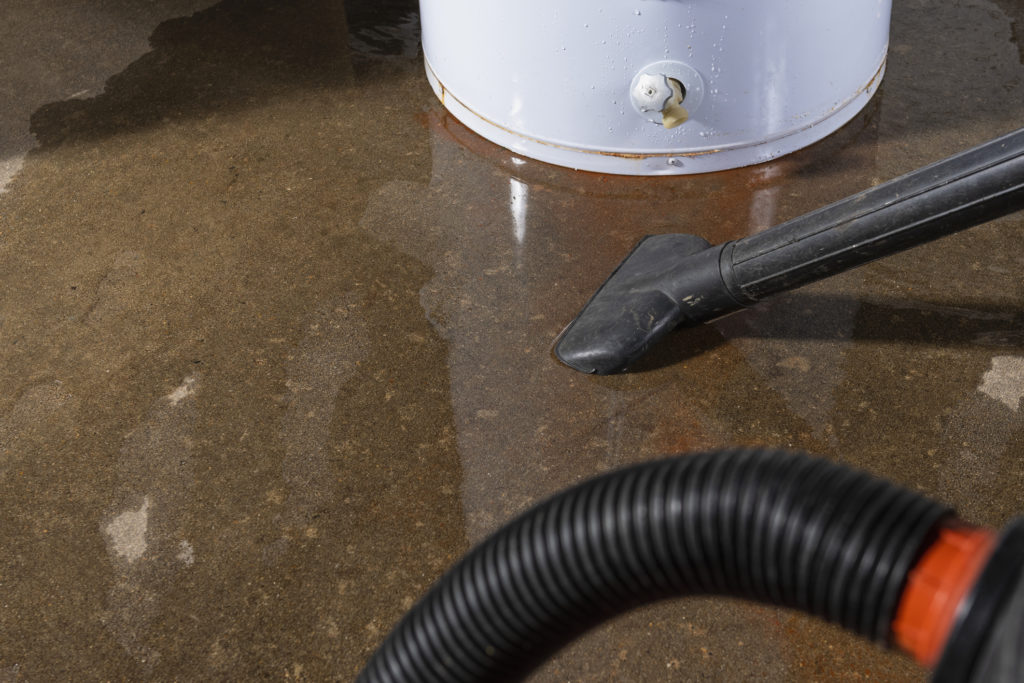
Floor Drains –
Often installed in the utility area of a basement, floor drains lead to a collection pit where a sump pump carries excess water to the surface outside your home. The concrete floor around the drain slopes forward to move water toward the drain. Floor drains are quite effective at moving water from numerous sources, including leaky water heaters, broken washing machines, and ground water.
Exterior Drain Tile –
After a foundation wall is poured, a flexible perforated drainpipe is positioned all the way around it. Groundwater is collected and drained away into a pit before it can reach your basement. The best time to install exterior drain tile is during construction due to the cost.
Interior French Drains –
Like an exterior drain tile, this method features a perforated pipe that carries water to a collection pit where it is then pumped to the surface, away from your home. It’s located along the interior perimeter of a basement. While effective at preventing ground water from entering your basement, it won’t do much to prevent water intrusion from appliance failure or cracks in foundation walls. Interior French drains can be installed post or during home construction, again being more cost-effective when done during construction.
At Norhio Plumbing, there’s a great deal we can do to help keep your basement dry. That includes installing a back-up pump to help support your main pump. Main pumps work on electricity so, should the power go out or your pump shut down for a mechanical reason, incoming water will start piling up and eventually overflow. A back-up pump will help ensure that doesn’t happen. When the main pump shuts down, the back-up pump turns on automatically and keeps pumping out the water for as long as needed.
For more information about main and back-up sump pumps – plus a free new system proposal – contact Norhio Plumbing today.

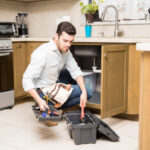

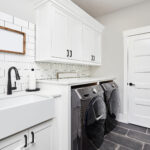
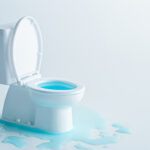
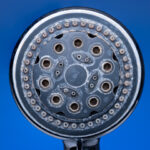
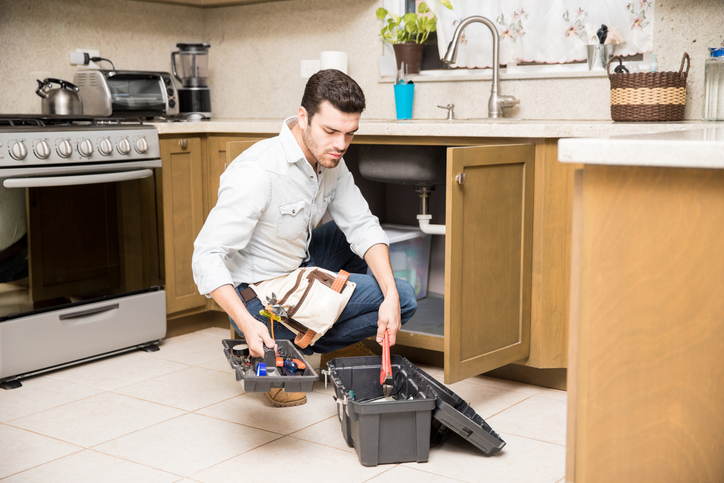


Leave a Reply